
Blog

Exercise as Mitochondrial Medicine
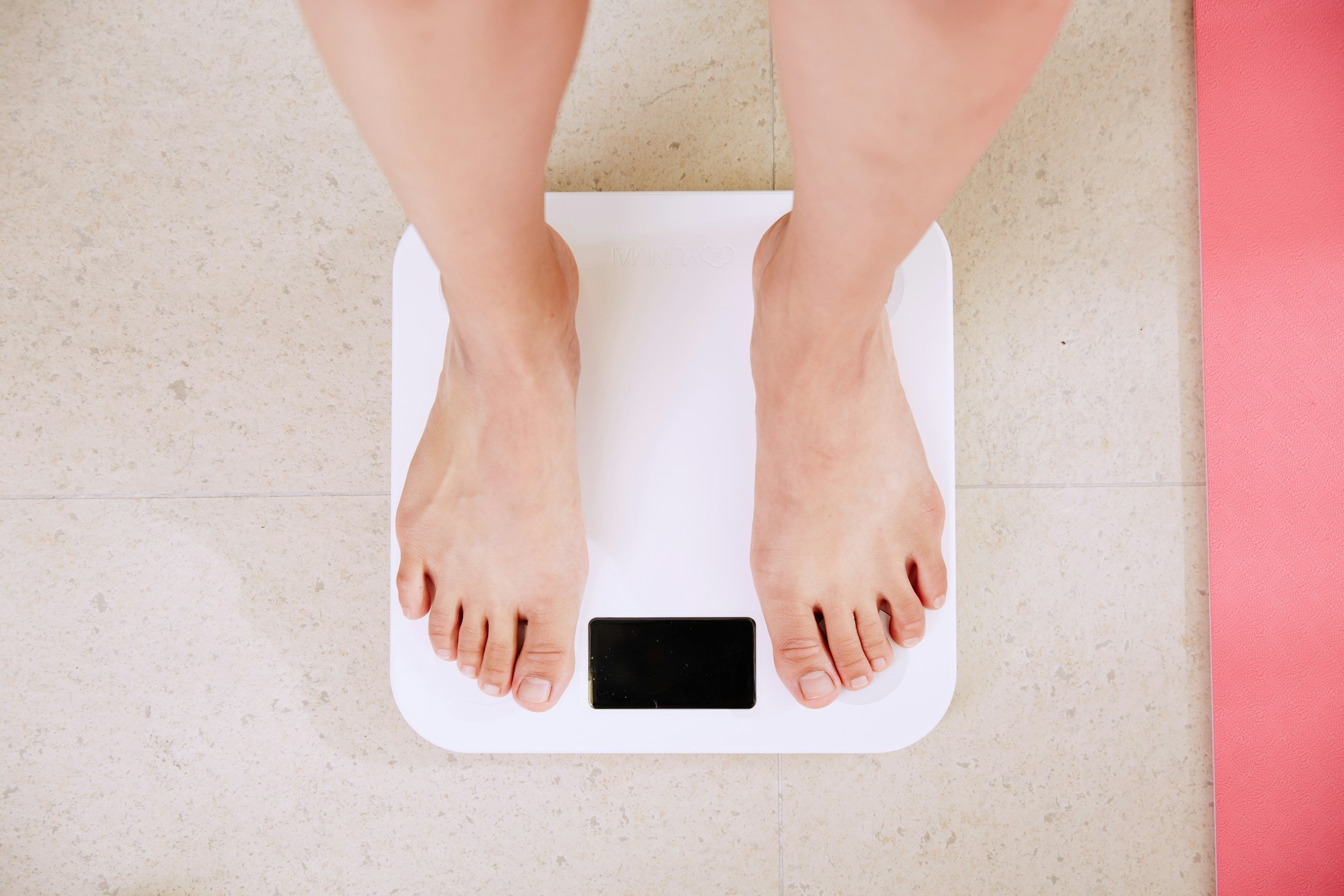
Weight Gain During the Menopause

Healing Benefits of Exercise
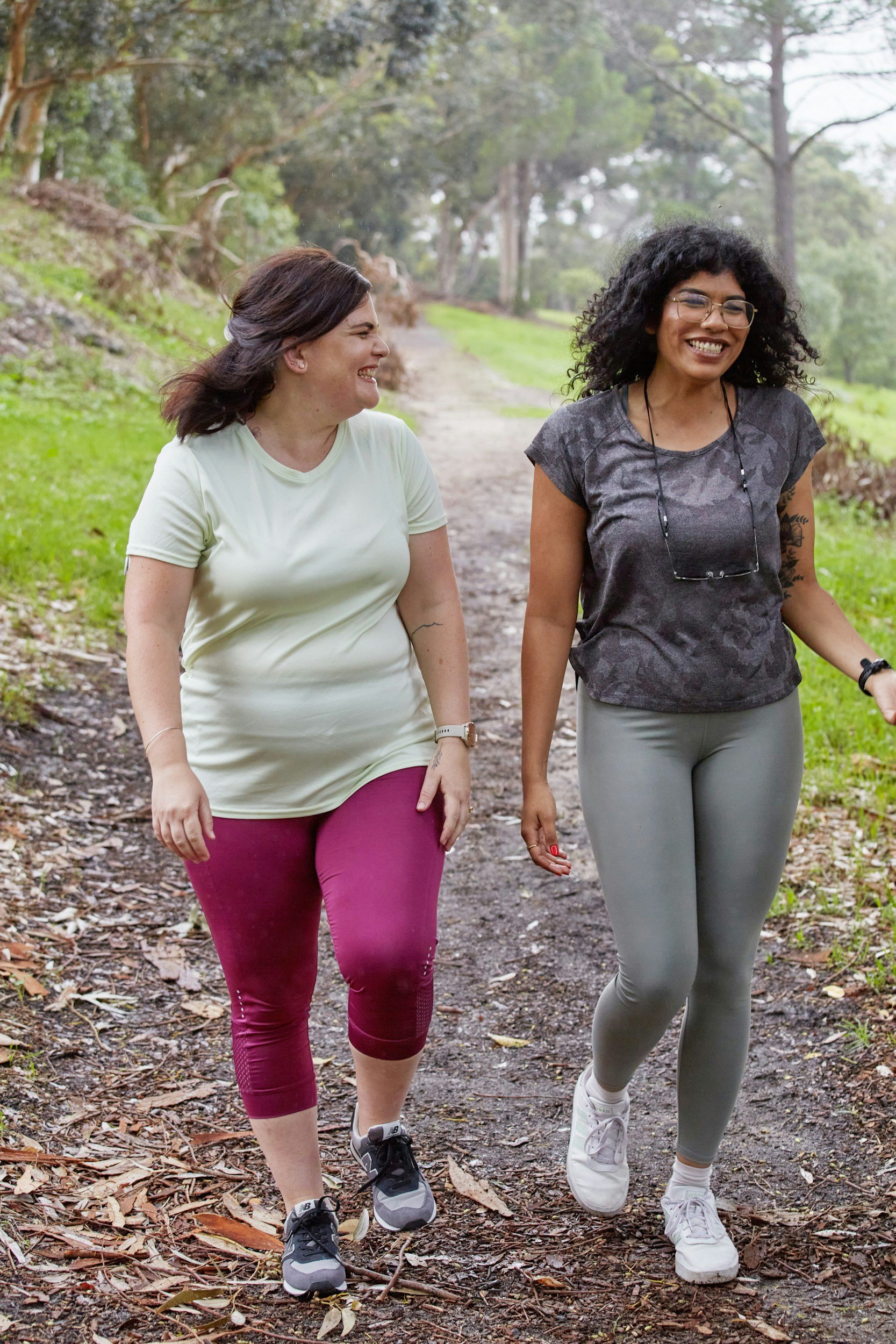
Physical Activity Guidelines for Weight Loss & Weight Maintenance

Energy balance and body weight regulation

Can You Outrun a Bad Diet?

The Positive Adaptations to Exercise

Sleep & Workout Recovery
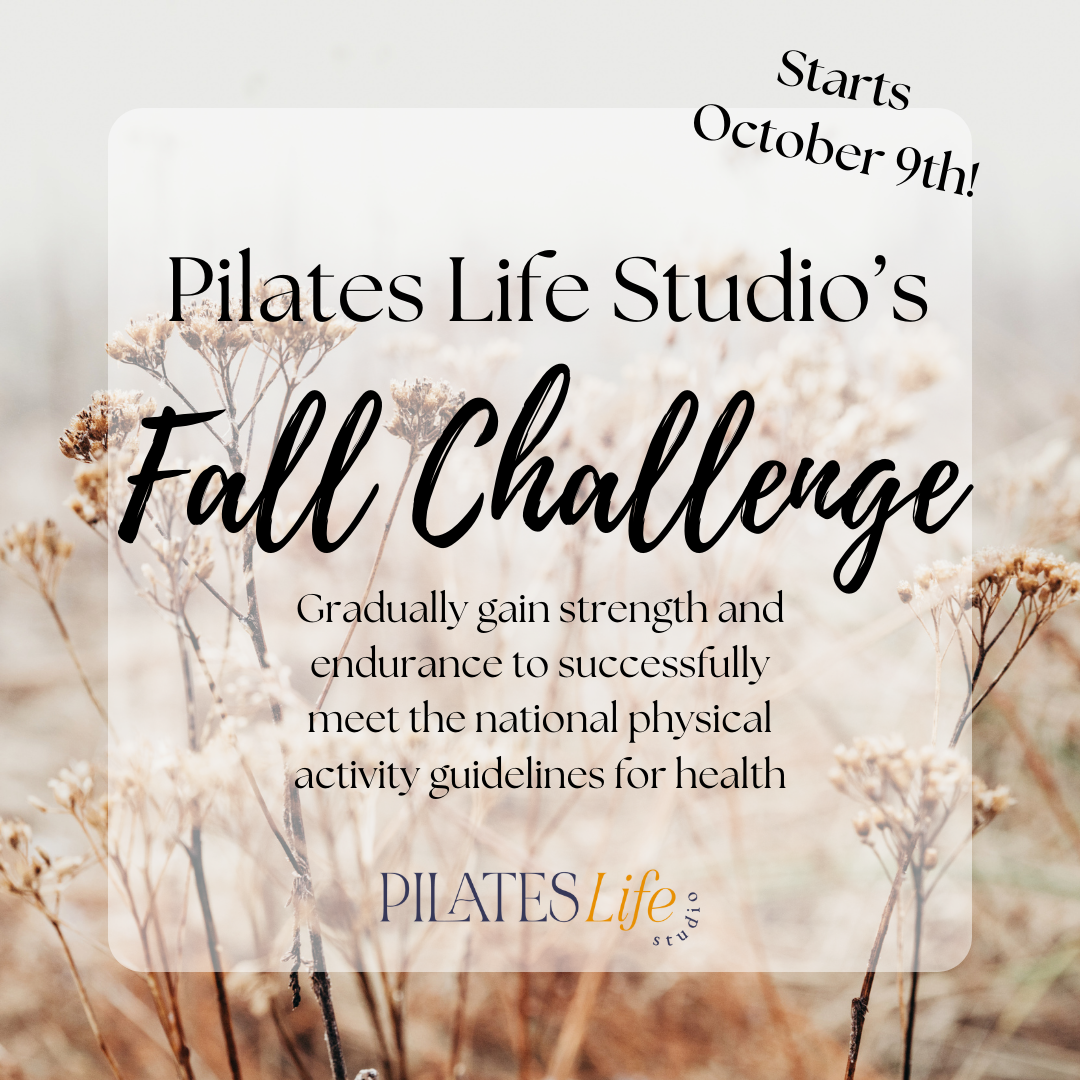
Fall Challenge 2023
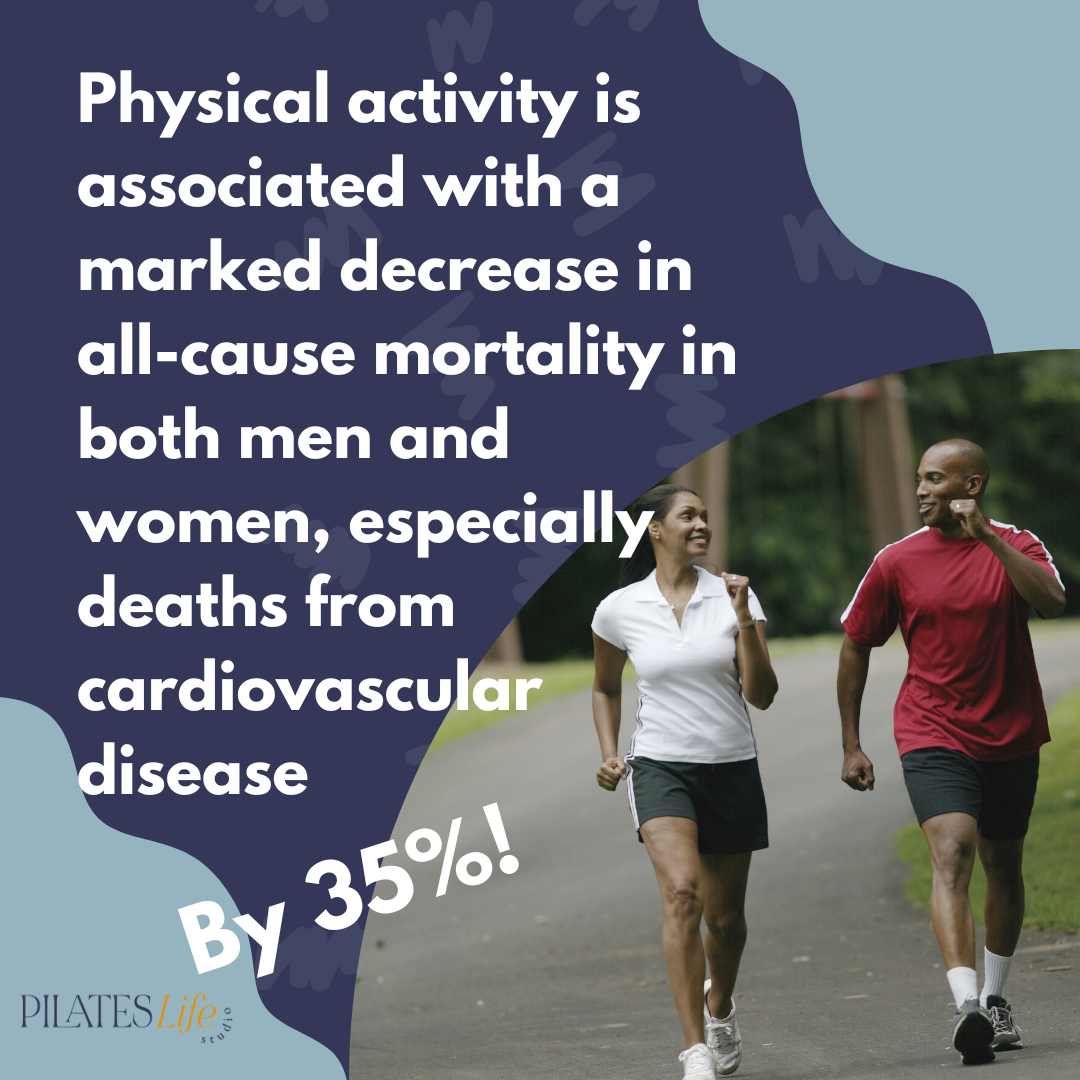
Being Active Reduces Your Chance of Dying by 35%
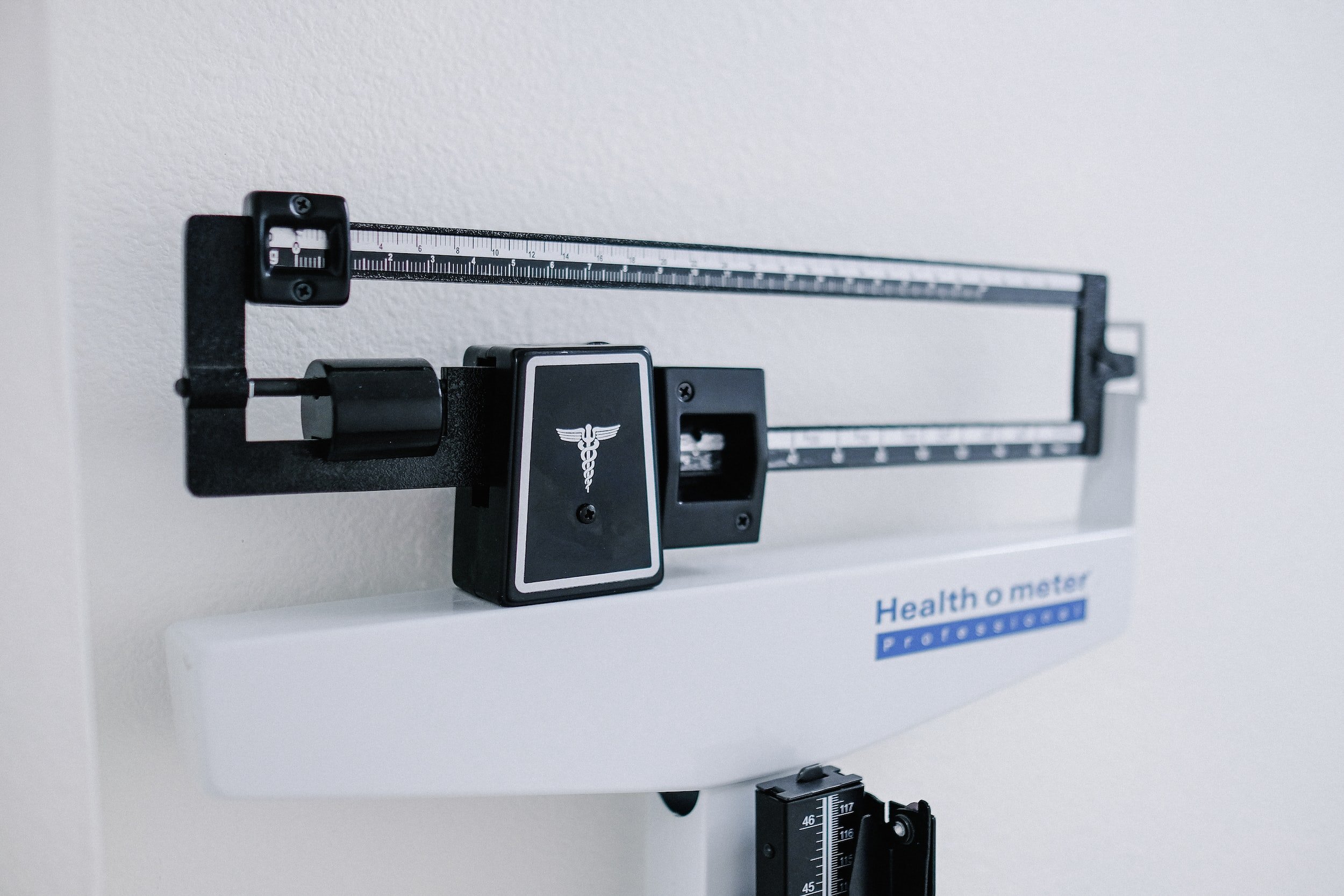
Using Macro Tracker Apps for Fat Loss – How Helpful are They?

Goal Setting and It’s Importance

Exercise Reduces Stress

3 Quick and Easy Tips to Reach Your Goal
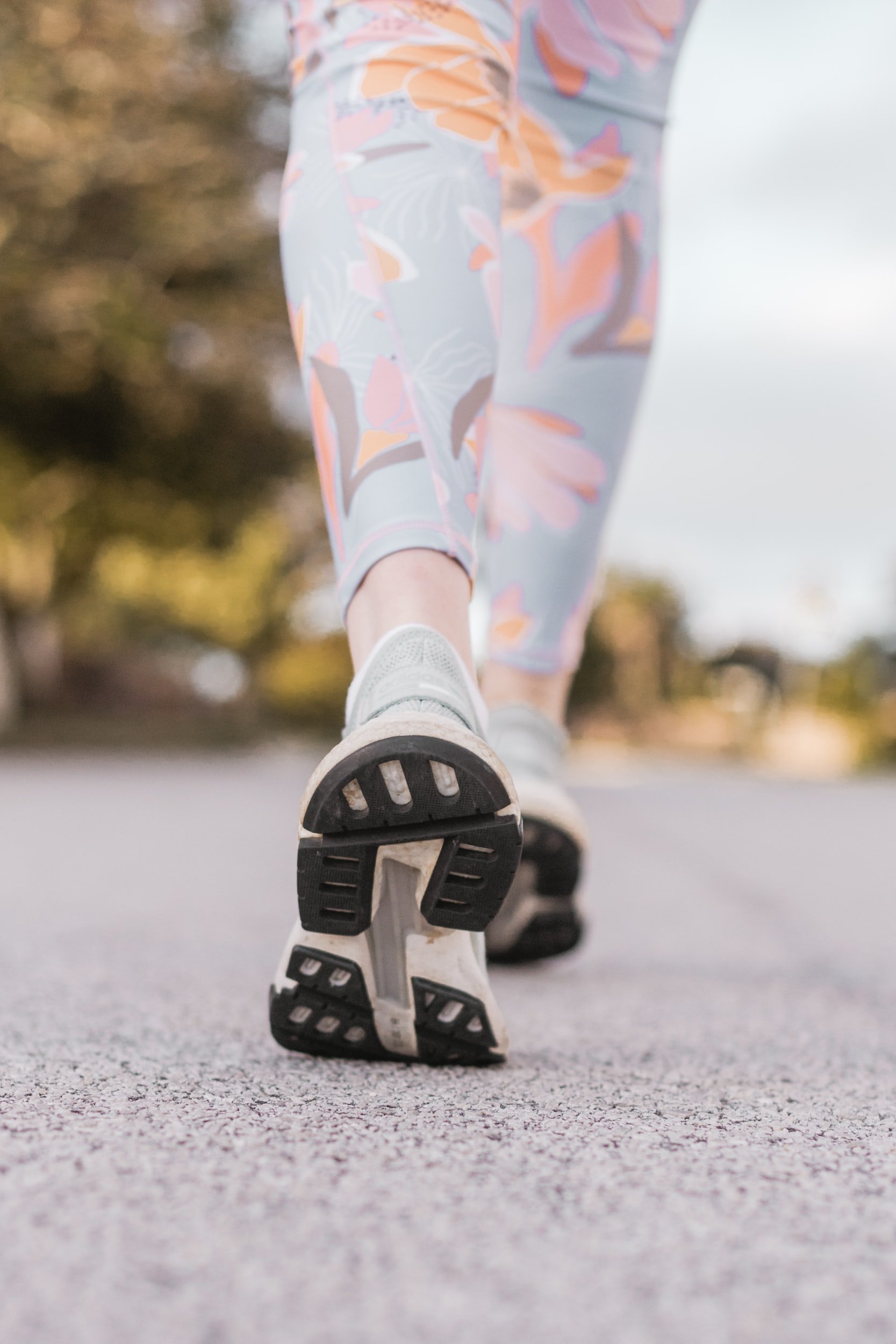
Boost Immunity with Exercise
Amazing news! 43% of participants who reported 5 days of physical activity per week had significantly reduced days of URTI compared to largely sedentary participants who exercised less than 1 day per week. And when the higher physical active group did get an URTI the severity of symptoms were 32-41% less.

Movement Breaks During Prolonged Sitting

Expanding the Guidelines

Neutral vs Imprint
While neutral spine works well for many exercises—like lunges, bird dog, foot work, feet in straps—for many clients I often cue slightly imprinted spine for certain Pilates movements. Each client’s lordotic curve in their low back is unique, so this rule is not for everyone, but from my experience most benefit from an imprinted spine, especially in chest lifts and when legs are not being supported.

Pregnancy Exercise Guidelines
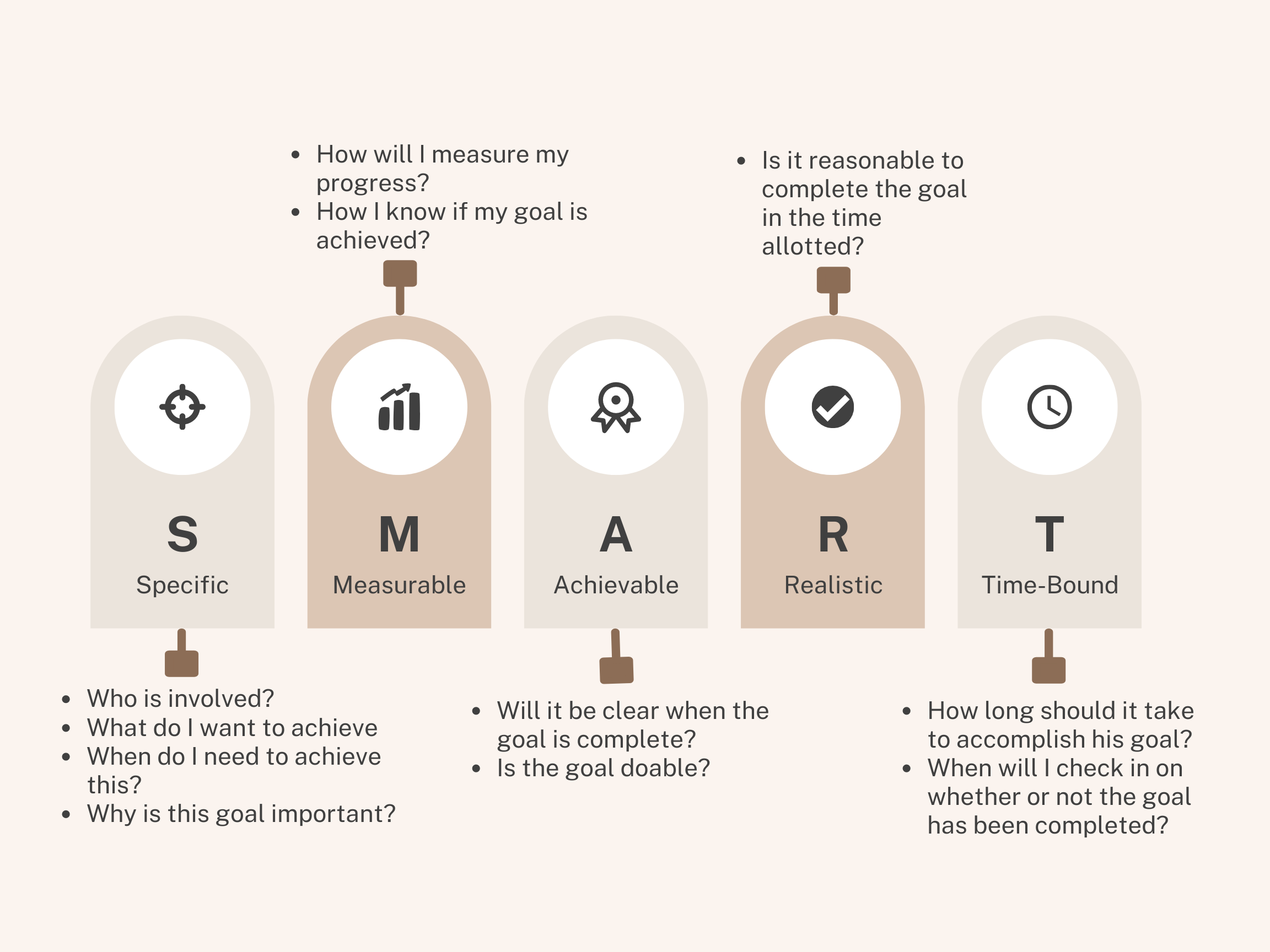
Health Goals for Success
For fitness, consistency is best. The key is setting goals. SMART goals. Now before you roll your eyes, please let me lay out an important scientific fact about goal setting I recently discovered.
76% of people who wrote down their goals and provided weekly progress to a friend or trainer achieved their goals. WOW! That is huge! This study shows the value of taking the time to write down your goals, create an action plan, and develop a system of support to hold yourself accountable for achieving your goals.
